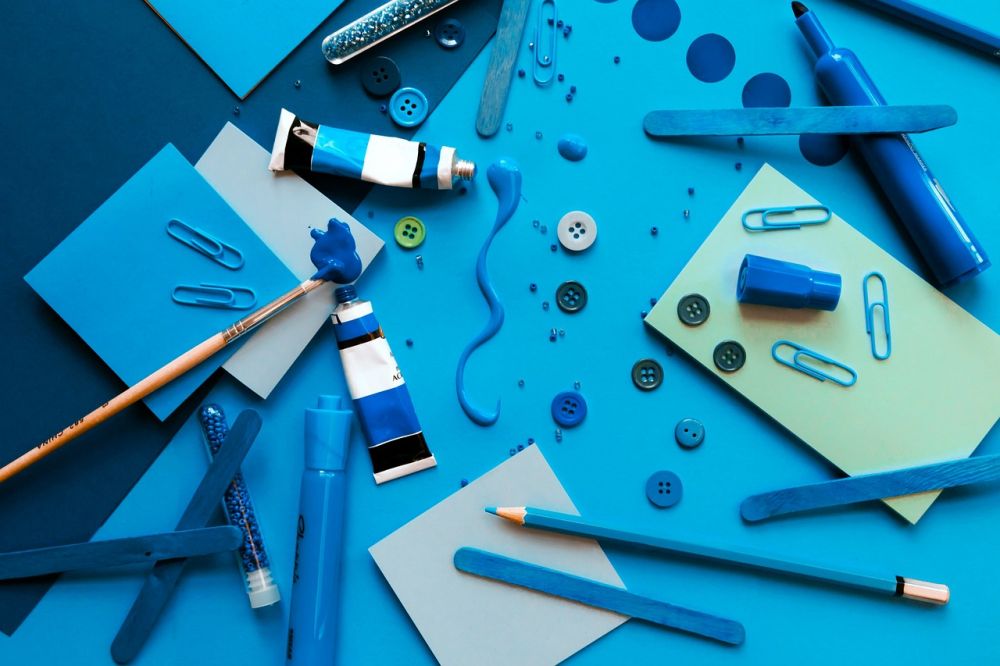Material Design: A Comprehensive Overview of a Popular Design Language

Introduction
Material Design is a design language developed by Google that aims to bring uniformity and consistency to digital interfaces across different platforms. It incorporates a set of guidelines, principles, and components that help designers create visually appealing and functional user interfaces. In this article, we will delve into the intricacies of Material Design, exploring its various types, popular implementations, quantitative metrics, differences between them, and a historical overview of their pros and cons.
Understanding Material Design

Material Design is based on the concept of ”material”, which represents tangible objects in the real world. It focuses on creating a sense of depth, realism, and interaction through the clever use of shadows, lighting, and motion. The fundamental idea behind Material Design is to provide users with a familiar and intuitive experience by mimicking the physical world.
Types of Material Design
There are several types of Material Design available, each suited for different platforms and use cases. The most popular ones include:
1. Material Design for Android: This version is specifically tailored for Android devices and is widely used in app development. It offers a wide range of predefined components, animations, and layout options.
2. Material Design for Web: This variant is designed for web applications and websites. It provides guidelines for creating consistent design patterns, grid systems, and responsive layouts.
3. Material Design for iOS: This adaptation of Material Design caters to Apple’s iOS platform. It allows iOS developers to incorporate Google’s design principles into their apps while maintaining the native iOS look and feel.
Quantitative Measurements of Material Design
Quantitative metrics play a crucial role in assessing the effectiveness and usability of design languages. Material Design is no exception. Some key quantitative measurements used to evaluate Material Design implementations include:
1. User Engagement: This metric assesses the user’s level of interaction with the interface, such as time spent on the app or website, number of actions performed, and click-through rates.
2. Conversion Rates: This metric measures how effectively the design language helps convert users towards desired actions, such as making a purchase or subscribing to a service.
3. Usability Testing: Through usability testing, designers gather objective data to evaluate the efficiency, effectiveness, and satisfaction of using a specific Material Design implementation.
Differences Between Material Design Implementations
While Material Design principles are consistent across different platforms, there are certain differences in their implementations. These variations arise due to platform-specific design languages and guidelines. For example:
1. Android Material Design utilizes specific navigation patterns and interactions relevant to the Android ecosystem.
2. Web Material Design focuses on responsive layouts and adaptive components to ensure a seamless experience on various screen sizes.
3. iOS Material Design combines Google’s design principles with iOS-specific elements, maintaining a balance between consistency and platform aesthetics.
A Historical Overview of Pros and Cons
Over the years, Material Design has emerged as a popular design language, garnering both praise and criticism. Let’s explore the historical pros and cons associated with Material Design:
Pros:
1. Consistency: Material Design offers a consistent visual language across platforms, enhancing user familiarity and reducing cognitive load.
2. Usability: The use of subtle animations and intuitive interactions in Material Design enhances the overall usability of interfaces.
3. Extensive Documentation: Google provides comprehensive documentation, guidelines, and resources, making it easier for designers and developers to implement Material Design.
Cons:
1. Lack of Customization: Some argue that the strict guidelines of Material Design restrict creativity and customization, resulting in a more uniform but less unique user experience.
2. Learning Curve: Implementing Material Design requires a solid understanding of its principles and guidelines, which can be time-consuming for designers transitioning from other design languages.
3. Incompatibility Across Platforms: While Material Design aims to provide a consistent experience, certain design elements may not translate well to different platforms, potentially creating inconsistencies.
Conclusion
Material Design has revolutionized the way designers and developers create user interfaces. Its focus on realism, usability, and consistency has made it a preferred design language for many. By understanding its various types, quantitative measurements, differences, and historical pros and cons, designers can make informed decisions while implementing Material Design. So, embrace the principles of Material Design and create visually stunning and user-friendly interfaces for the digital world.
References:
– Material Design Guidelines: material.io/design
– ”The Pros and Cons of Material Design: A Platform-Agnostic UI Framework” by Nick Babich, uxdesign.cc
FAQ
What are the different types of Material Design?
What are the pros and cons of Material Design?
What is Material Design?
Fler nyheter
Passfoto Vällingby: en guide till snabbt och smidigt foto
Introduction Material Design is a design language developed by Google that aims to bring uniformity and consistency to digital interfaces across different platforms. It incorporates a set of guidelines, principles, and components that help designers ...
03 februari 2025
Köpa konst: En guide till att förgylla ditt hem med unik skönhet
Introduction Material Design is a design language developed by Google that aims to bring uniformity and consistency to digital interfaces across different platforms. It incorporates a set of guidelines, principles, and components that help designers ...
02 februari 2025
Fotograf Stockholm Konsten att Fånga Ögonblick i Huvudstaden
Introduction Material Design is a design language developed by Google that aims to bring uniformity and consistency to digital interfaces across different platforms. It incorporates a set of guidelines, principles, and components that help designers ...
05 november 2024
Linoljefärg: En Tidlös Klenod för Design och Hållbarhet
Introduction Material Design is a design language developed by Google that aims to bring uniformity and consistency to digital interfaces across different platforms. It incorporates a set of guidelines, principles, and components that help designers ...
07 september 2024











